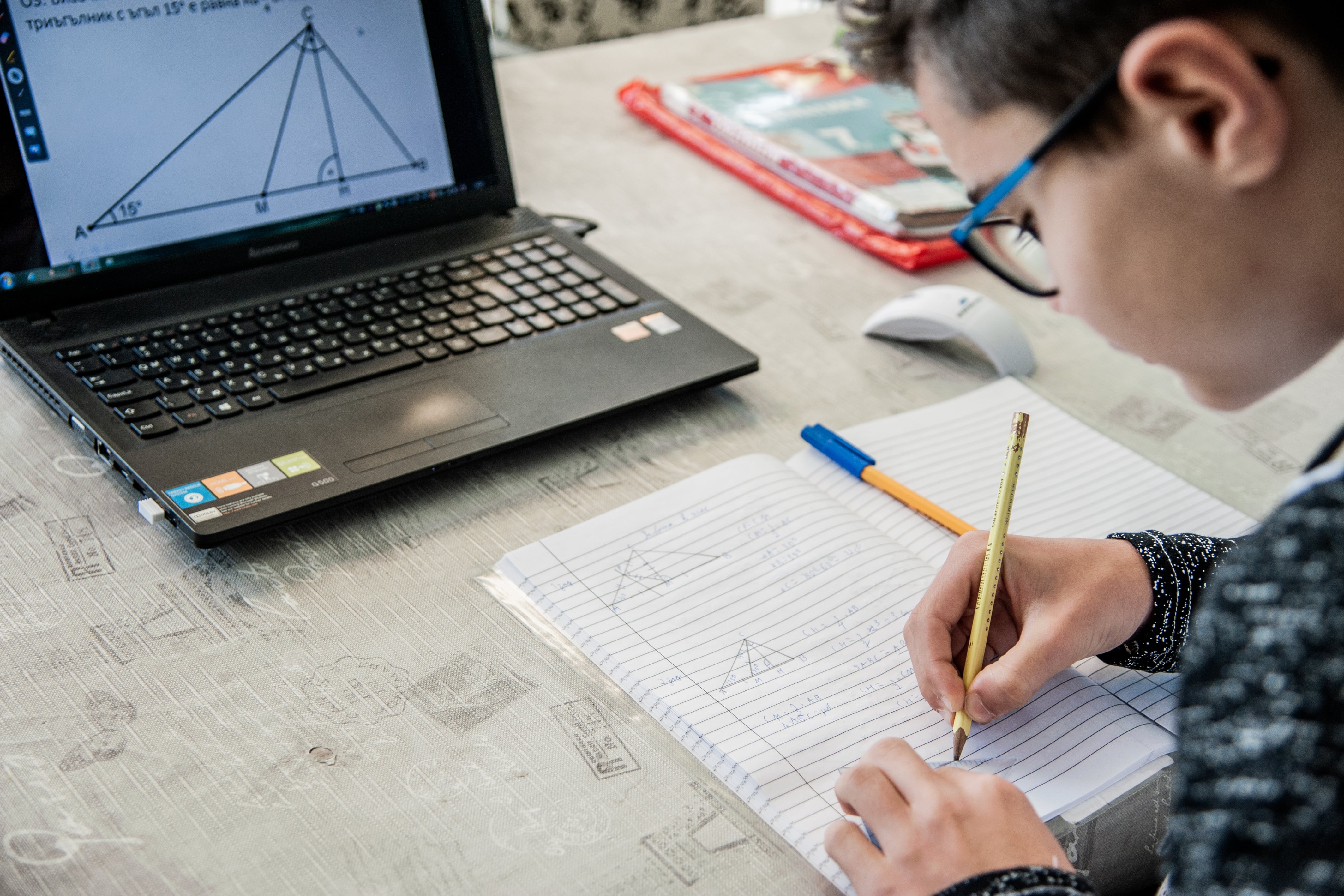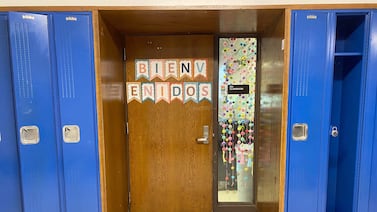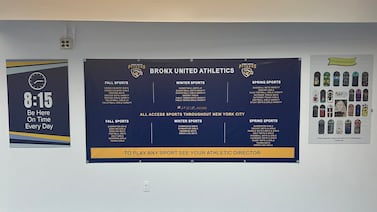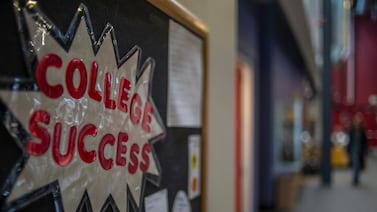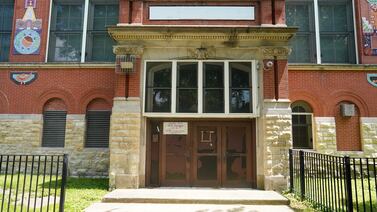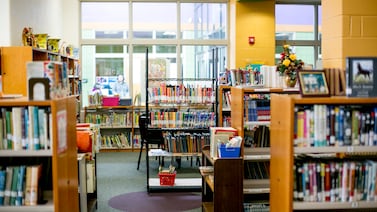Richard Brown was one of the thousands of Indiana parents faced with a difficult decision this month — weighing the psychological, educational, and social benefits of sending his two children back to school against the risk to the entire family’s health.
“We’ve got one shot to get this right,” Brown said, “If we make the wrong decision and one or both of our sons contracts this disease, scientifically, it’s not settled what the long-term effects on their health could be.”
As districts plowed forward with reopening plans, administrators across the state saw a surge in interest in virtual education, fueled in large part by parents like Brown, who feel it’s unsafe to send their children back into classrooms.
As a result, districts large and small will launch comprehensive, K-12 virtual options this fall to offer everything from second-grade reading to Algebra II. Some have contracted with for-profit companies like Edmentum, which provide curriculum and teachers. Others are designing their own online curriculum, tasking teachers with translating their usual lessons to a digital format.
In Indiana, administrators first face a perception battle about virtual learning, tainted when the for-profit operators of Virtual School and Indiana Virtual Pathways Academy defrauded the state of millions of dollars in public funds. In what became one of the nation’s largest virtual charter school scandals, they claimed to educate non-existent students then closed the schools last summer, stranding students and families.
“That’s not going to be us,” said Vigo County Schools spokesperson Bill Riley, ahead of the district launching its virtual school. “We’re still in contact with and helping students troubleshoot, and making sure they are making progress in their classes.”
Administrators are also under pressure from parents to provide better virtual learning than what students saw last spring, when schools had to improvise after the COVID-19 pandemic suddenly forced buildings to shut down, leaving teachers scrambling to create online lessons and many students struggling to connect without access to devices or reliable internet.
Instead, parents now seek an option that better uses online tools to engage students more equitably, that requires minimal adult supervision, and that offers curriculum for the entire school year.
With some districts like Washington Township starting the year entirely online, the new virtual options are meant to keep up with the rigor of in-person classes, with strict rules on attendance, participation, and grading. But it’s not certain if traditional school districts will have more success with students than have other virtual schools, which nationally have shown low academic results.
“It is cause for pause, it really is,” said Brown, who ultimately opted for Franklin Township Schools’ online option. “You don’t want your kid to fall behind academically.”
A student’s relationship with their teacher is among the most important factors in engaging in online learning, said Eric Hudson, director of learning and design for Global Online Academy, a nonprofit that offers online courses and training. For that reason he encourages school districts to invest in training their teachers rather than bringing in vendors.
“No matter the environment, you have to have an expert teacher behind the design of the experience,” he said. “Core values and pedagogy around good teaching do translate.”
Indiana’s students have previously “slipped through the cracks” in virtual charter schools because of a lack of administrative oversight, which means there’s little accountability for online teachers, said Michael Barbour, a researcher and professor at Touro University in California who has been critical of online schools.
Parents should look for a low teacher-to-student ratio, he said. Schools that are looking to make money often have teachers juggling an impossible load.
Launching and expanding Vigo Virtual Success Academy wasn’t a “money-making operation,” Riley said. The school is free for families and limited to children in the county, he pointed out. And administrators don’t see it as an opportunity to cut down on the number of teachers they hire. Instead, they will assign district teachers to help monitor and coach students.
Jay County Schools purchased Edmentum programming but is hiring its own teachers. The district is using its federal coronavirus relief funding, said Superintendent Jeremy Gulley, although how much the virtual school costs will depend on how many students sign up.
“The thing we are trying to do is put more of a human face to this,” Gulley said. “A teacher you know, your neighbor. ... We want our online program to have that feel, where kids are getting access to someone.”
It’s difficult to count how many new virtual schools like those in Jay and Vigo counties will start statewide this year because the state doesn’t track small virtual programs and has relaxed reporting requirements because of the pandemic. Few districts oversaw a full virtual school before COVID-19. But many offered classes, often for high schoolers wanting to make up credits.
Last school year more than 12,000 Indiana students took all their classes online — but the state will likely record a sharp increase in this year’s statewide count in September. Districts say thousands more students have indicated they would prefer a virtual option, although the majority of students still plan to return in person, if available.
By its initial deadline earlier this month, Indianapolis Public Schools had about 8,500 students, representing about one-quarter of its families, sign up for virtual schooling. The deadline to enroll has since been extended.
District-level teachers will provide daily video recordings for the virtual program, according to the IPS reopening plan, while teachers at the students’ home school will continue to offer other support, such as small-group instruction. The district is hiring about 12 to 14 teachers to teach K-8 virtually while high schoolers will use a purchased online program.
The stakes are high for districts. If administrators fail to deliver a quality program, students might leave for competing virtual schools or home-schooling, which would cost the district precious state funding.
At one of the largest full-time virtual schools in the state, Indiana Connections Academy, leaders are preparing for 10% to 20% more students. Last year the school, run by a for-profit management company, served about 5,000 K-12 students.
“We know some of these families are only coming to us because they feel like they have no other option right now,” said Executive Director Chandre Sanchez Reyes. “We’re OK when they return to those brick-and-mortar [schools.] But we do believe there will be a population that really likes this option and their kids really flourish.”
The stakes are even higher for students, who stand to lose a year of instruction if left in a low-quality program. Hudson, who works for a nonprofit that provides training for teachers, said he’s most worried for young students, since making a meaningful online experience for elementary-aged students is difficult.
Parents should look for a program that is clear, concise and offers students layers of support, he said. Even a young student should be able to point to their assignments and know what they need to work on for the week. And they should feel connected to their teacher, even if they aren’t participating in a videoconference every day.
“You may need to let go of what your conception of school is in order to be open to what high quality online learning is,” Hudson said. “It all begins with embracing the idea that the reconstruction of teachers talking to students is only one way of 100 different ways high-quality learning can take place online.”


